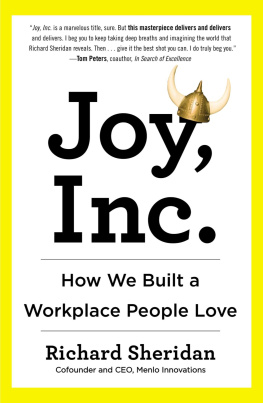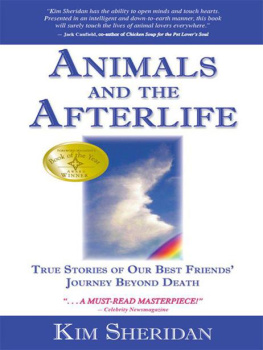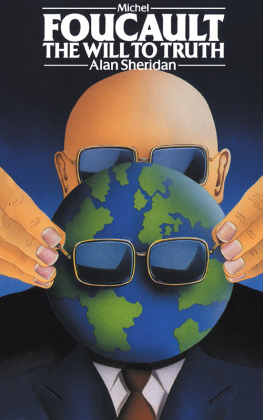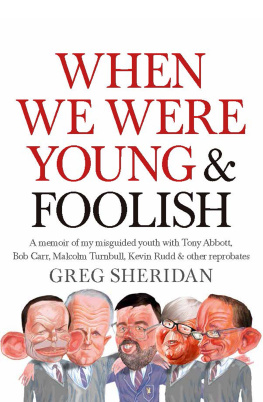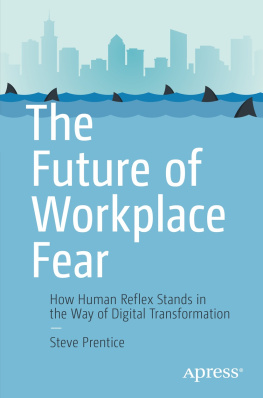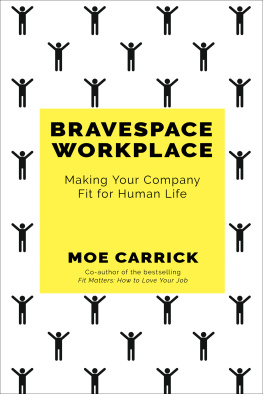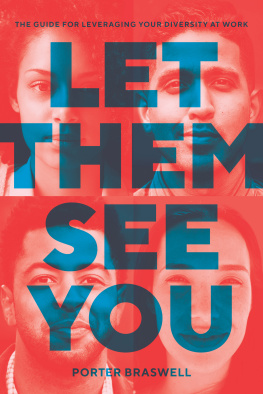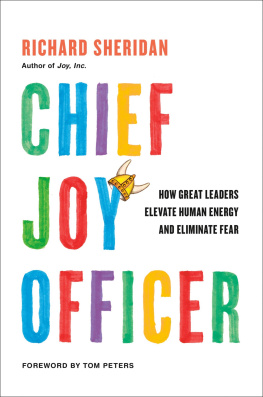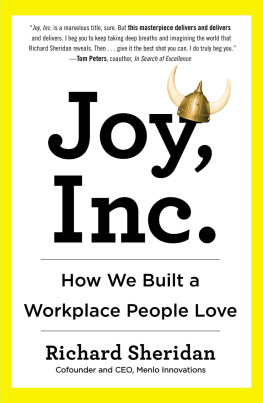About the Author
Richard Sheridan is CEO, Chief Storyteller, and cofounder of Menlo Innovations, which has won the Alfred P. Sloan Award for Business Excellence in Workplace Flexibility for nine straight years and six revenue awards from Inc. magazine. He speaks at business conferences around the world and at major corporations such as Intel, Disney, Nike, and USAA. He lives in Ann Arbor, Michigan.
Preface to the Paperback Edition
A few weeks before the launch of Joy, Inc., I checked my Twitter feed at a conference I was attending, and there it was: Inc. magazine editor-at-large Leigh Buchanans review of my book.
Leighs article, titled The Most Joyful Company in AmericaWhat Every Business Can Learn from the Brilliant Menlo Innovations, concluded with this thought: I wish the world were full of joyful companies. Personally, Id settle for decent ones. But joy is aspirational. Add it to the mission statement, by all means. Then sit down and have a good, hard think about what joy means for you.
Hers was the first big piece to be published about the book, and it was just the beginning. I was sure I felt like any playwright or director would after receiving the first professional review of their work. I wanted to jump up and shout with happiness to all the people around me, but all I could do was retweet the article and beam joyfully. Since then, Fortune, Forbes, Fast Company, and many other outlets have all weighed in on joyas did many readers.
Its been several months since the release of Joy, Inc., and my life has changed tremendously. Although the journey has sometimes been tiring, it has been a wonderful one. All our effort to make this book happen was worth it because I foresaw the incredible effect that the book would have on the Menlo team and our readers. Prior to the books release I knew I had written the book I wanted toand I still liked reading it. I knew the press would be drawn to the message, I knew my speaking engagements would increase, and I knew tours of Menlo Innovations would increase in number and change in composition. I was certain that many new doors would open.
All of that has indeed happened, and I have some wonderful new stories to tell.
The most delightful surprise occurred within Menlo itself. I could see it in the team, hear it on our tours, and sense it in our client interactions. The Menlo team itself had changed. Many team members read the book and began to see Menlo in a different, more joyful light. Some team members, especially newer employees, commented that until they read Joy, Inc. they hadnt grasped the full depth of my story, my cofounder James Goebels role in building the Menlo we know today, or the companys journey to joy. In short, this most joyful company became even more confident and serious about joy. We began holding each other and our company more accountable to the joy we hoped to produce in the world.
Potential clients and tour visitors could sense the renewed electricity of our teams energy. Our tours brought in senior and C-Level visitors from around the world, from companies including USAA Insurance, Steelcase, Bosch, QVC, Liberty Mutual, and McKinsey. Coca-Cola Enterprises was a particularly memorable tour; senior executives were so impressed by our joy that they bade a team member to come back to witness our Extreme Interview event and later attend our weeklong Deep Dive into Joy class. This kind of reaction to our workplace joy became commonplace. If there was ever any doubt on our part that joy would forever be our core message, this heartfelt response from our visitors sealed our conviction that we are on an important path for Menlo and the businesses that hope to adopt our message.
At the close of the May 2014 Scrum Alliance Conference in New Orleans, a conference centered on joie de vivrejoy of livingI was asked to deliver the final keynote. My experiences at other conferences have taught me that being the closing speaker at an event is an honorable, yet dangerous position. You have the chance to leave a lasting effect on the attendees, but only if they stay to hear it. Each of the six hundred attendees would receive a copy of Joy, Inc., but I knew my job would be more difficult than getting them to take the book hometo create a lasting effect I needed them to read the book.
Soon I found out that word was spreading about my closing speech. It wasnt clear to me how this buzz had started, but whatever had triggered it the message being spread was: Dont miss the closing keynote; youll be sorry if you do. By the time I gave my speech, the room was full and anticipation was high. As I concluded my talk, the audience leapt to its feet. My first standing ovation. This was the reaction I had hoped for. I gave them hope that change was possible. I gave them practical takeaways. I spoke to their deep desire to be a part of a team that works hard to put the message they believe in out into the world. It was a feeling like no other. I could feel tears welling. After things settled we proceeded to Q&A, and afterward it happened againa second standing ovation. I have never experienced a more humbling moment, and it wouldnt be the last time. Joy was the message I was carrying, and the world was hungry for it.
The very next morning, I checked my Twitter feed and saw tweets from several attendees who had already read the entire book. They read it into the night, in the airport, and on their plane rides home. Check. I had achieved the desired effect.
Since the book was published, Intel, Disney, Walmart, Nike, PayPal, and eBay are just a few of the companies that have called me in to show them a better way of running their teams and improving their company approach. Perhaps the most thrilling call I received was from Virgin, where I was invited to spend a day with a small group exploring people-centered innovation in New York City with Sir Richard Branson. Life had indeed changed in ways I had hoped but could have never expected.
So what do I have to offer that companies like Disney, Nike, eBay, and Walmart dont already have? What so many businesses really want is joy and a way to get there. Many teams are operating in fear; they are working hard and they are tired. They want a job with meaning, a reason for all their hard worka reason that transcends pay, title, or authority. Our message shows businesses not only how to create happier and more successful employees, but also how to produce practical and improved business results.
All of this new attention on Menlo is so exhilarating and inspiring that it would be easy to lose the real reason the book came to be: You, the reader. You might be a CEO, a CIO, or an executive trying to lead in a new, different, and compelling way. Equally likely, you are none of thoserather, you are a dedicated, caring employee trying to bring joy into your work life in the same way I had struggled to do so in the earliest part of my career.
I have met you at conferences or interacted with you via e-mail, Twitter, or LinkedIn. Like many people, you may feel that youve lost your shot at a happy career. The truth is, while you may have become disenchanted with your workplace, it isnt too late to work in a place you love. With the lessons laid out in this book, you have in your hand the guide to making the difference in your work life that you have always wanted.
The Menlo message has helped many employees out of low points in their careers. One young German named Christian wrote to tell me: You saved me. He went on to describe at great length his journey to career joy, then disillusionment. He shared a low point of his professional life:

